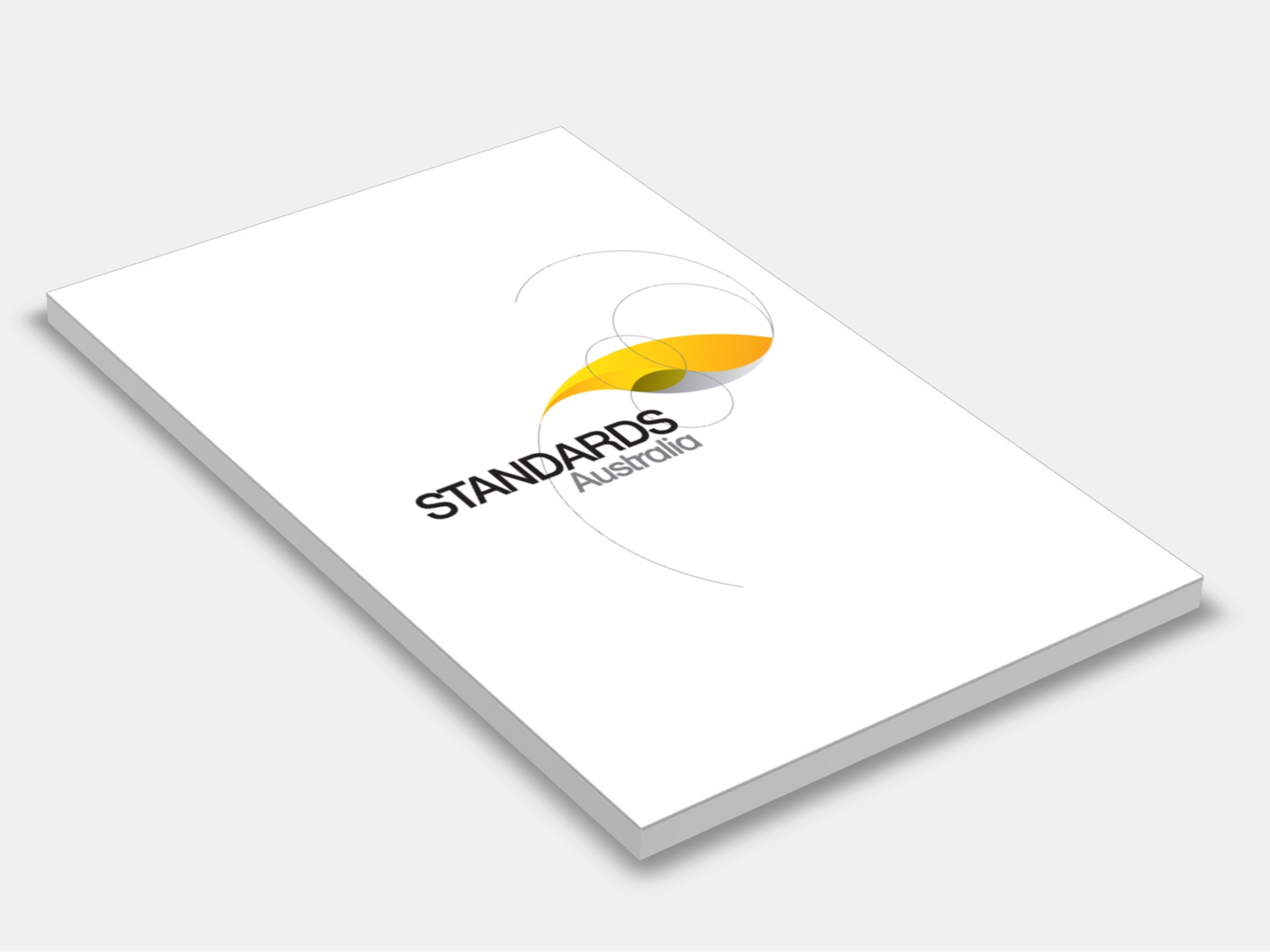
Type
Publisher
Standards Australia/Standards New Zealand
Publisher
Standards Australia/Standards New Zealand
Version:
Second Edition 2016.
(Current)
Short Description
Recommends design criteria for conditions affecting the acoustic environment within building interiors to ensure a healthy, comfortable and productive environment for the occupants and the users.
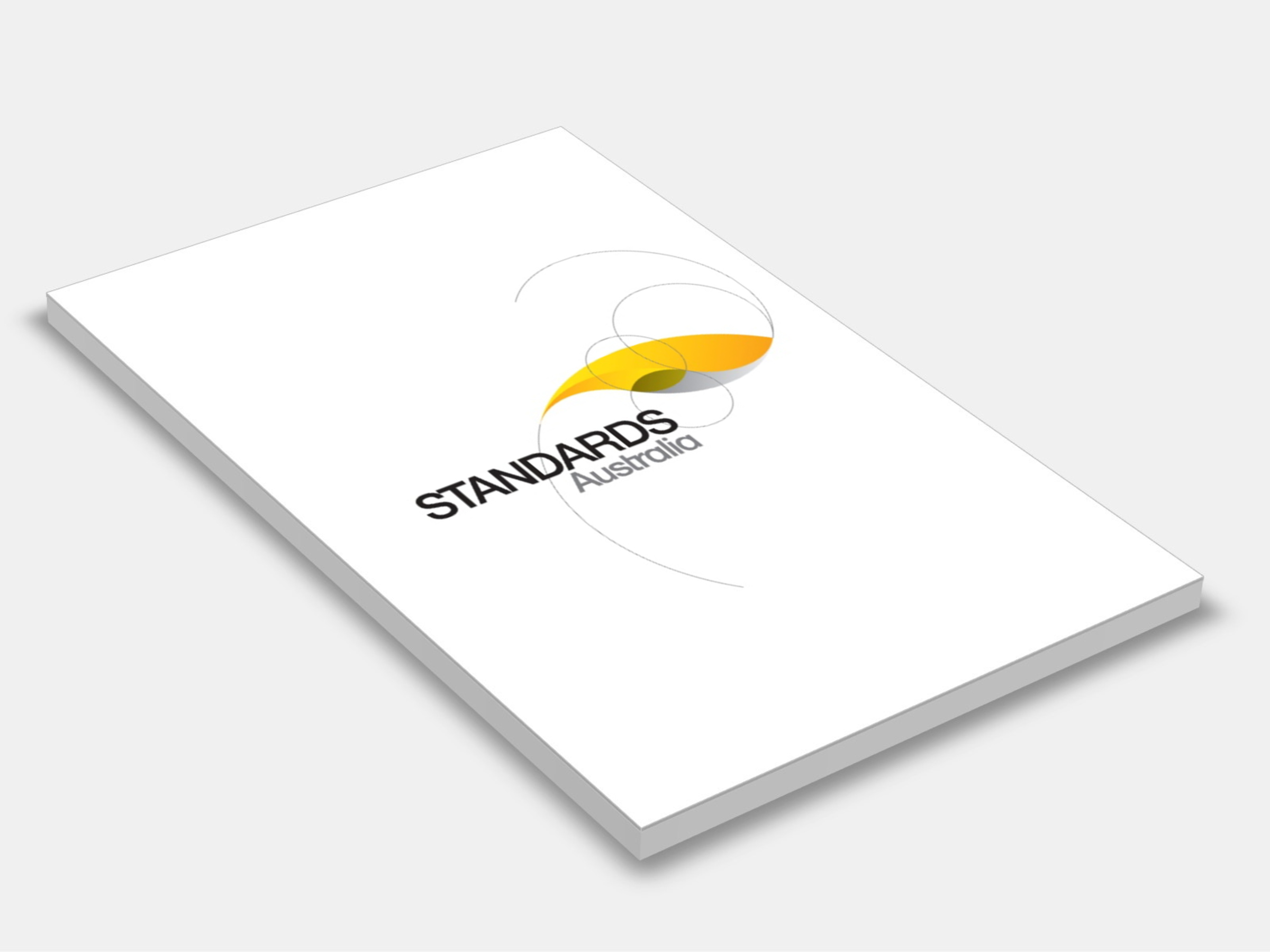
Type
Publisher
Standards Australia/Standards New Zealand
Publisher
Standards Australia/Standards New Zealand
Version:
First Edition 2004.
(Pending Revision)
Short Description
Provides a method whereby the frequency dependent values of airborne sound insulation of building elements and in building can be converted into a single number characterizing the acoustical performance; this Standard is identical with and reproduced from ISO 717-1:1996.
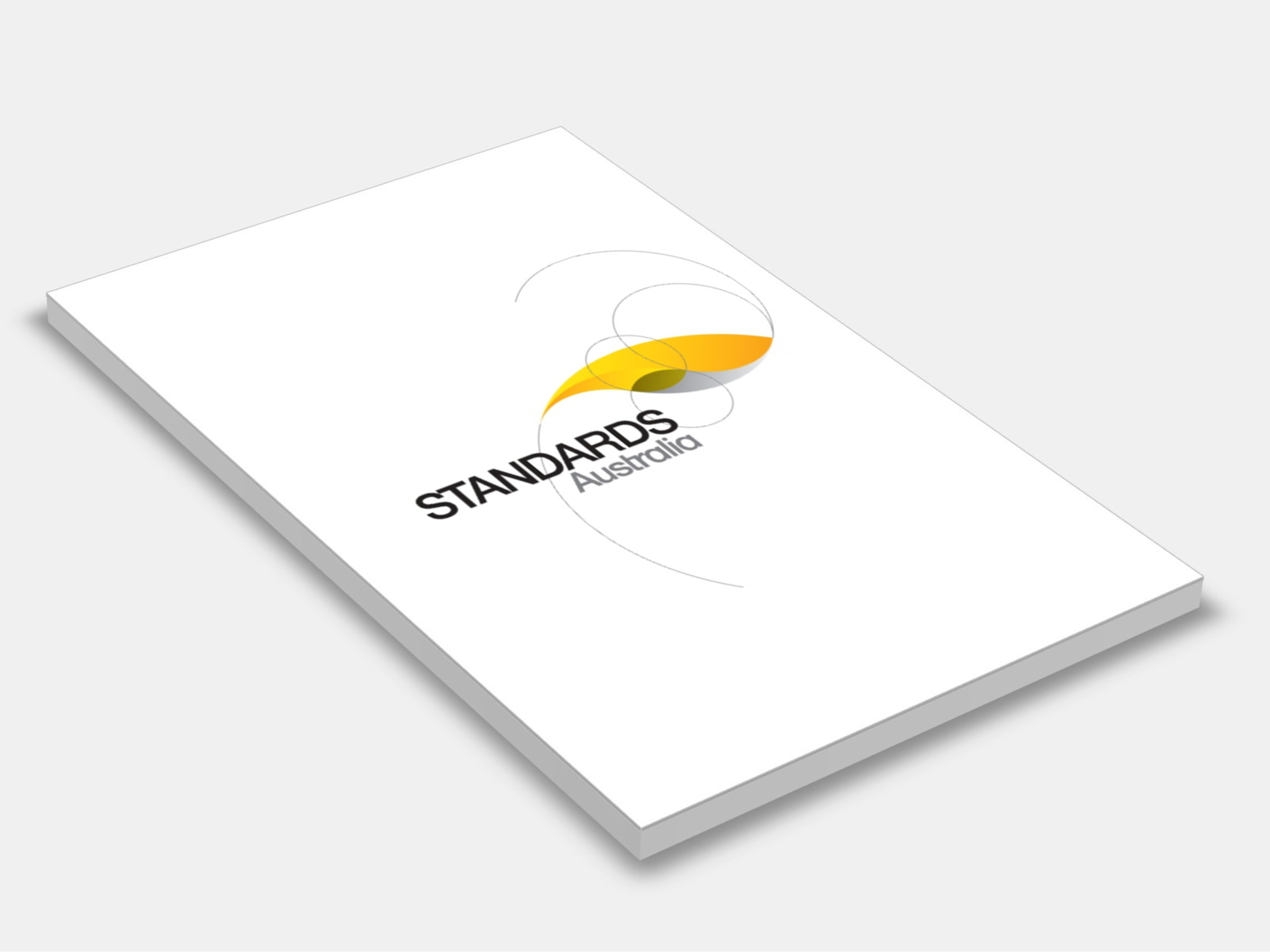
Type
Publisher
Standards Australia/Standards New Zealand
Publisher
Standards Australia/Standards New Zealand
Version:
First Edition 2006.
(Withdrawn)
Short Description
Adopts ISO 140-7:1998 with national modifications to specify field methods for the measuring the impact sound insulation properties of building floors by using a standard tapping machine; this method is applicable bare floors and also to floor with coverings.
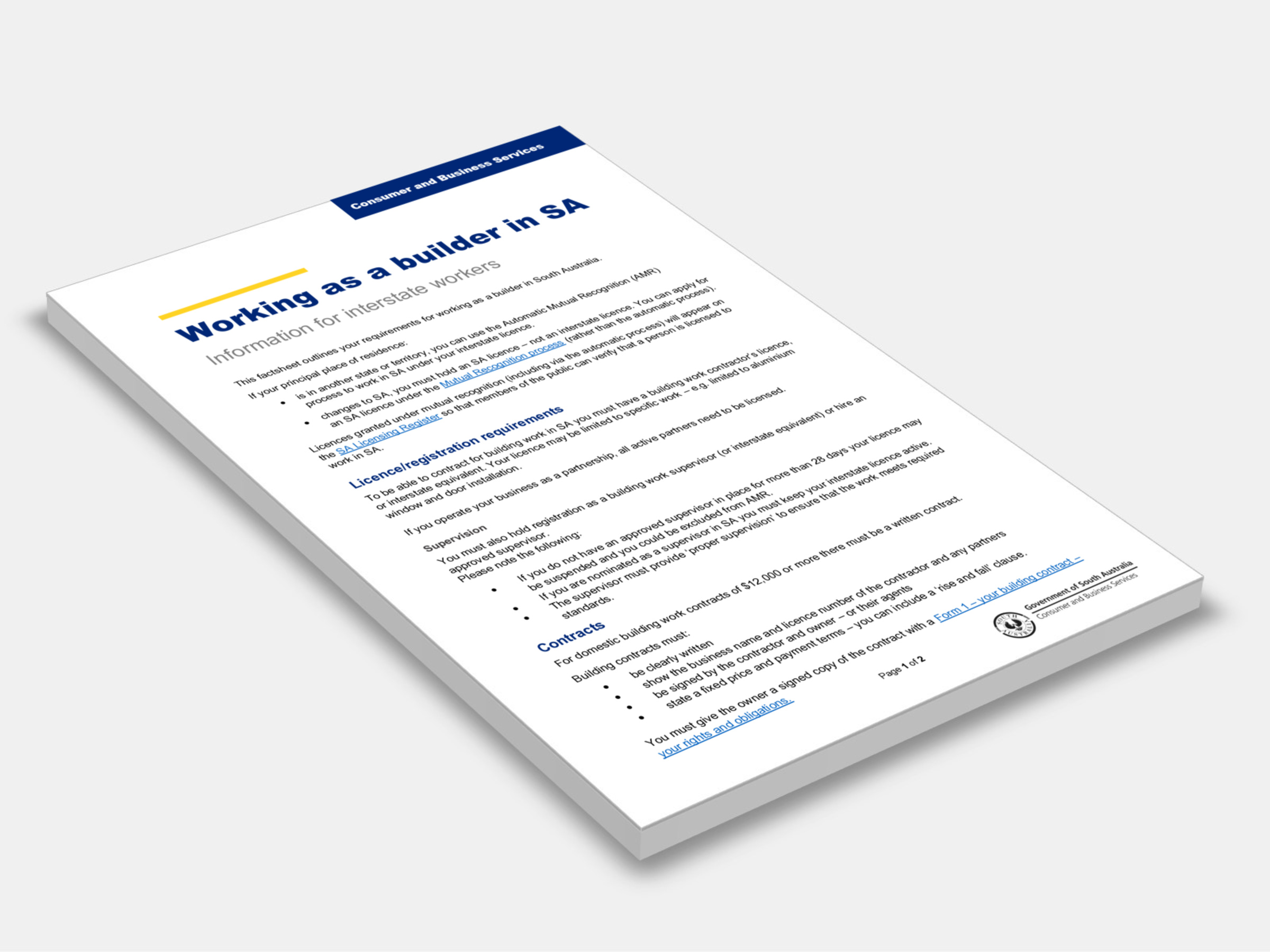
Type
Publisher
South Australian Government
Publisher
South Australian Government
Version:
2023.
(Current)
Short Description
This factsheet outlines your requirements for working as a builder in South Australia.
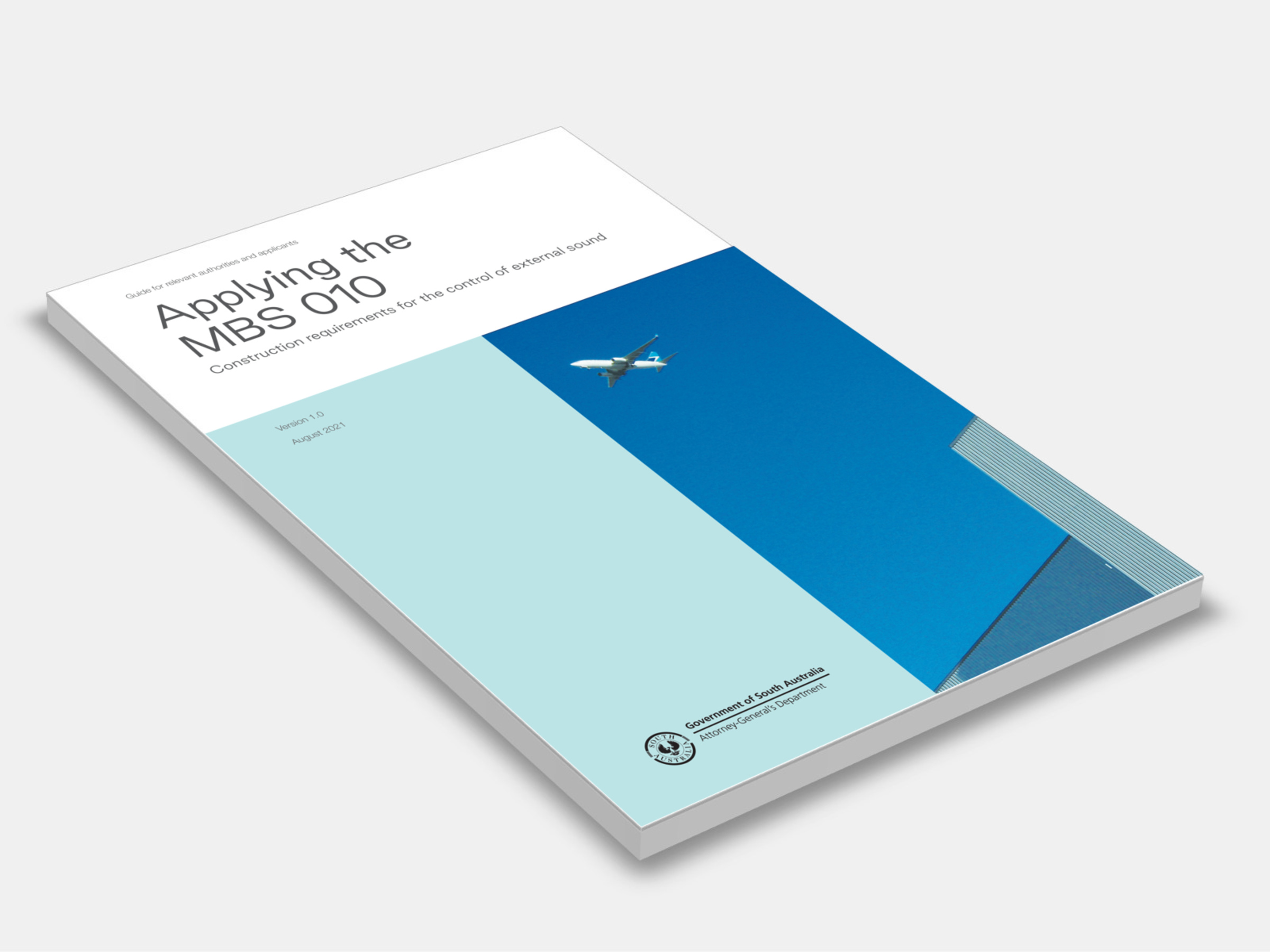
Type
Publisher
South Australian Government
Publisher
South Australian Government
Version:
2021.
(Current)
Short Description
The Guide is for use by planning professionals, building designers, relevant authorities and applicants when determining noise exposure requirements for the construction of habitable buildings in affected areas.